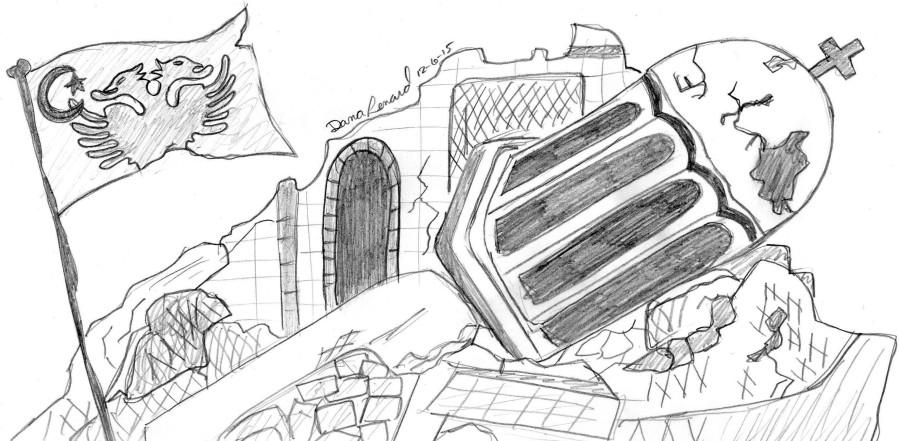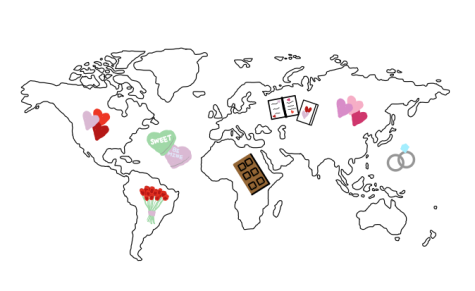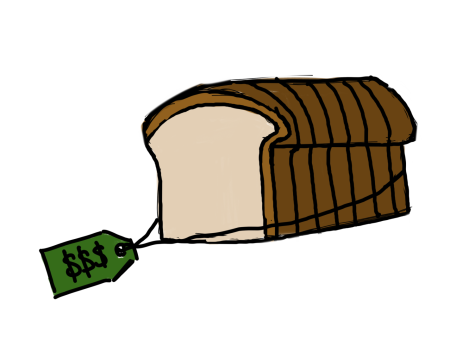Kosovo rejected from UNESCO membership
Muslim-Albanian majority eliminates Serbian influence by razing Orthodox churches
Kosovo is a region that has been a part of Serbia since the Serbians colonized that part of the Balkan peninsula in the seventh century. It contains many Serbian Orthodox churches and monasteries. It is a cultural and religious heritage treasure site for Serbians. However, after many years of migration from the neighboring country of Albania and high birth rates of Muslim-Albanians, the region has become dominated by them. They feel that Kosovo should be their independent country. Growing tension and animosities between both groups spiral into a civil war at the end of the 20th century. International countries and NATO intervened in the war.
Recently, the Republic of Kosovo was denied membership to be a member of UNESCO. The voting took place on Nov. 9, 2015. In order to be a member of UNESCO, Muslim-Albanians in Kosovo would have needed a two-thirds vote from the member states. Albania put in an official request to make Kosovo a member of UNESCO. The Muslim-Albanian government of Kosovo also put in a bid for UNESCO membership.
UNESCO is an agency of the United Nations with a mission dedicated to the contribution towards the building of peace, the eradication of poverty, sustainable development and intercultural dialogue through education, the sciences, culture, communication and information. The reason why they wanted Kosovo to be a member of UNESCO was to get international recognition. The Republic of Kosovo is not recognized by many countries as independent and is not able to get UN membership. They believed that by becoming a member of UNESCO, they would gain access to the UN.
Immediately after the Kosovo civil war ended in June 1999, NATO troops entered Kosovo. Can you imagine somebody destroying your home and churches? Serbians experienced this during the post-war time. One-hundred and seven Serbian Orthodox churches and monasteries were destroyed or damaged by the militant Albanians. The destruction of Serbian Orthodox churches occurred mainly during the post-war peacetime.
This peace was guaranteed by UN Security Council Resolution 1244. However, NATO-led forces did not do anything to prevent the post-civil war destructions. Picture your church where you go to pray and talk to God being destroyed by members of another religion. Some of the Serbian churches destroyed were from the 13th century. Since NATO’s arrival in June 1999, approximately 180,000 Kosovan Serbians were expelled from their homes.
There are four World Cultural Heritage Sites of UNESCO in Kosovo that are sacred sites belonging to the Serbian Orthodox Church. Two of these sites were attacked and damaged by Muslim-Albanians after the Kosovo civil war in 1999, 2004 and 2007. Serbians view Kosovo as a holy land of their ancestors and of their Orthodox religion. Originally, Serbian Orthodox Patriarchs’ seat was located in Pec, Kosovo. This church is one of the four World Cultural Heritage Sites of UNESCO.
If Kosovo was granted the membership into UNESCO, Muslim-Albanians would have been custodians over the Serbian churches and religious and historic sites. Serbia and many other countries have doubted this promise of protection. Kosovan Muslim-Albanians have had a small impact on Kosovo’s culture despite their numbers. There are no Muslim holy sites acknowledged by UNESCO in Kosovo.
To this day, Serbian Orthodox Churches are still being damaged and there is much tension between the Serbians and the Muslim-Albanians.
Your donation will support the student journalists of Saint Viator High School. Your contribution will allow us to purchase equipment and cover our annual website hosting costs.








